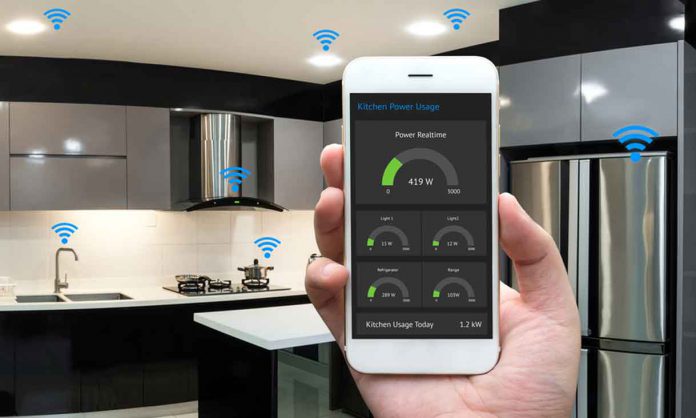| TORONTO — As the COVID-19 outbreak continues to evolve locally and globally, Ontario is taking further action to ensure the province’s health care system is prepared to continue to protect the health and well-being of Ontarians.
Working closely with Telehealth Ontario, the province is rapidly expanding service capacity to ensure timely responses. This is a critical step to help address the increased daily call volumes and reduce call wait times. “By immediately expanding Telehealth’s resources, we can significantly reduce the time it takes for Ontarians to receive the information they need to stay safe and healthy,” said Christine Elliott, Deputy Premier and Minister of Health. “We are also initiating further discussions with our nursing partners to ensure there are Telehealth resources in place moving forward as COVID-19 continues to evolve. We will be ready for any scenario.” Phase 1: Immediately Increase Resources to Reduce Call Wait Times Yesterday, the province and Ontario Health started to deploy approximately 130 nurses to conduct symptom assessments and referrals among callers who request a callback. Nurses will work from existing regional offices to provide immediate support and respond to callers seeking a callback to help mitigate current wait times. To onboard these additional nursing resources, Telehealth has developed a specific training package for newly added nurses to expedite their ability to provide callback support immediately. Telehealth will also increase intake staff to reduce wait times for initial contact with a Telehealth representative. Telehealth has been providing valuable support to the Ministry’s Emergency Operations Centre (MEOC) since the beginning of the COVID-19 outbreak in mid-January. In February, Telehealth began to add additional resources to manage increased daily call volumes, including seven full-time Registered Nurses and 10 customer service representatives. Phase 2: Continue to Manage COVID-19 Call Volumes While implementation of Phase 1 is currently underway, Ontario and Telehealth have already begun planning rollout of Phase 2. To further increase intake and nursing capacity over the coming days and weeks, Ontario is actively working with the Registered Nurses’ Association of Ontario (RNAO) to identify support for Telehealth from its 44,000 registered nurse members. The province has also started to explore existing non-clinical resources within the Ontario Public Service and other broader public sector organizations to support Telehealth’s call volumes. In order to be prepared to be nimble and effective in any scenario, Ontario is also exploring a partnership with organizations which have existing health care call centres to provide symptom assessment for COVID-19 to callers requesting a callback. “We understand that people are anxious to get the advice about next steps as soon as possible, which is why the capacity of Telehealth is being enhanced,” says Dr. David Williams, Ontario’s Chief Medical Officer of Health. “But unless you are experiencing severe symptoms or a medical emergency, the best place for you to stay is at home until you receive advice, which will often be to stay home and self-monitor.” In addition to enhancing capacity at Telehealth, Ontario has approved new physician billing codes to enable doctors to continue to provide routine health care services by video and telephone, including assessment of possible COVID-19 symptoms. This will help keep patients at home rather than in their doctor’s office where they would be in close contact with others. Ontario has also established dedicated assessment centres in areas experiencing significant growth in COVID-19 testing, with additional centres being established across the province in the coming weeks. Before visiting an assessment centre, individuals should first seek guidance on whether it is appropriate for them to do so. Ontarians can do so by using a new online self-assessment tool, calling Telehealth Ontario at 1-866-797-0000 or calling their local public health unit. People should not go to an assessment centre unless they have symptoms of the COVID-19. |
QUICK FACTS
|


